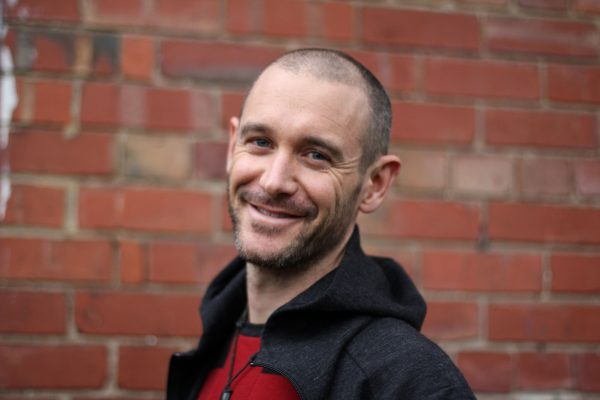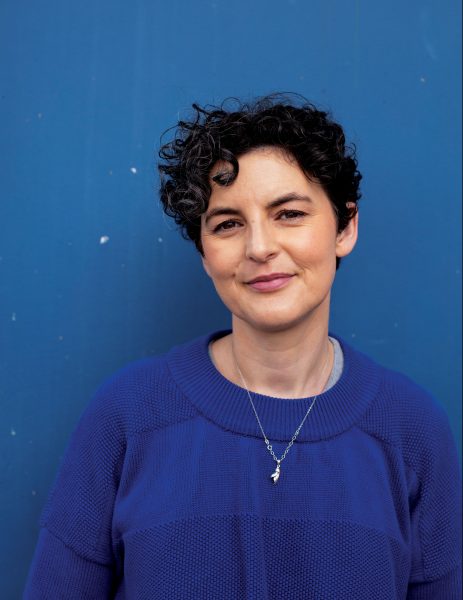Questions & answers
How many moa were there before the human settlement of Aotearoa? “We don’t know,” came the emphatic answer from the experts consulted for this issue. Estimates ranged from thousands of moa, to millions—though the higher end of the range was dismissed as “bollocks” in the carefully chosen words of one scientist.
Why do whales strand? “Well… it’s complicated. There’s a range of contributing factors.”
Simple questions can have complicated answers, and the popular image of science as a realm of orderly ideas and binary responses usually underestimates the complexity and tangled nature of problems that modern researchers are attempting to solve. Sometimes, there are thousands of variables, not the single cause-and-effect relationship of Newtonian physics.
Which is what makes the Earth System Model—described by Naomi Arnold in this issue—such an audacious idea. It’s founded on the principle that every natural system and relationship can be described mathematically, and if you have rules that describe all of them—and a super-computer at your disposal—you can construct the perfect model of the planet, and demonstrate order within the apparent chaos. Not every process of this planet is fully understood, but the model will also serve to highlight those gaps in our understanding—the Southern Ocean being the largest missing piece in our region—and gradually resolve and refine it.
Ultimately, this mathematical world will become the researchers’ play-thing. Like setting up a model train set, they will be able to re-route the tracks, build new tracks, and determine the route of the model train in order to understand how the real train might behave given different scenarios.
Making sense of a complex world is the work of an Earth System Model, and for 55 issues editing New Zealand Geographic, asking simple questions and presenting the complicated answers in a compelling way has been my job too. For more than half of that period I have also been the magazine’s publisher, and now the moment has come to spend more time setting the direction of the title, and doubling-down in our efforts in the digital realm.
I will still be involved with the print edition as a photo editor, but from next issue the editor’s torch will be passed to Rebekah White, currently deputy editor, award-winning former editor of Pro Photographer and frequent feature writer for this magazine—including in this edition. She is only the fourth in New Zealand Geographic’s relay of editors, and I know that she will bring the freshness of a new runner—a vibrant new voice and a new approach as the magazine approaches its third decade.
Occupying this chair is a role I have cherished. Working with contributors to imagine a story, being the first person to read a freshly minted text, or receiving the first samples of a photographer’s work—sometimes sent direct from the field—has been a sublime privilege. Witnessing the magic moment when the text first touches the pictures on the designer’s screen, and watching the visual and textual narratives become entangled has probably been my greatest reward. And I trust this position will afford Rebekah as much satisfaction as it has me; even as she works to deliver insights and delights to you, in print and online.
As for me, my mission remains the same—to give readers experiences that allow them to see New Zealand in a new way; to shed old mind-sets and build new notions of what this country is and could be. For the large and growing number of readers of this title, the future is full of possibility.















